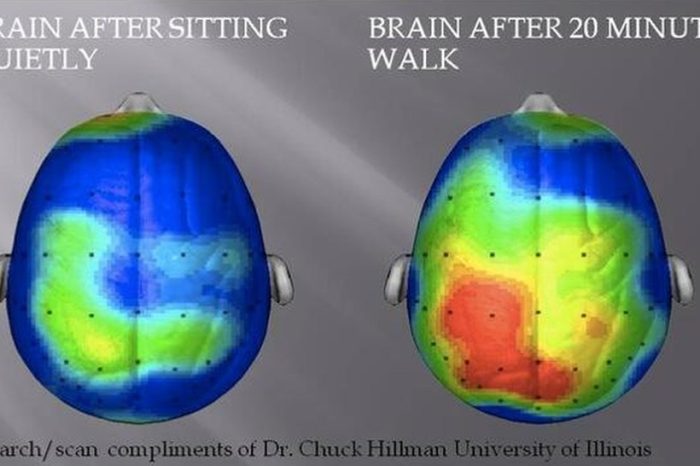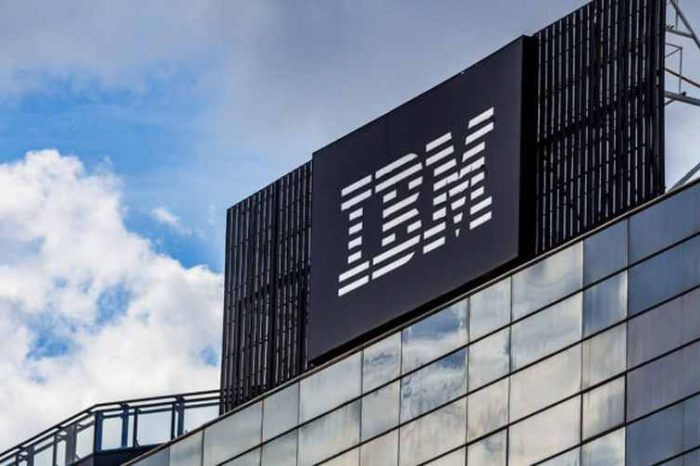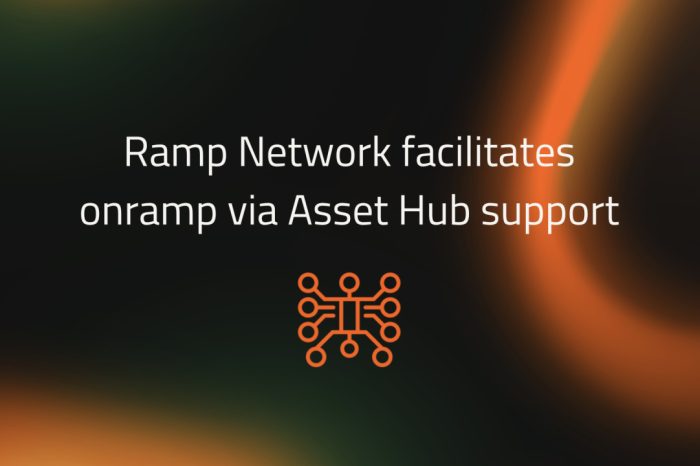Agriculture is one of the most important industries worldwide. Over the years, technology has helped farmers become more efficient with their crop yields as the world’s population surpasses 8 billion. The next big thing in agriculture is hydroponics, growing plants without soil. What tech advances have helped farmers succeed in this practice? Here’s a guide on how technology is redefining the future of hydroponics.
What Tech Advances Have Transformed Hydroponics?

Hydroponics is a relatively new practice but has developed rapidly thanks to these five tech advances.
1. Water Purification Systems
Water is crucial in hydroponics because plants solely depend on it for growth. Hydroponics doesn’t use soil, so the growers must ensure the water is of the highest quality possible. Purification is necessary because the water can become contaminated in the greenhouses. Poor water quality leads to harm or death for plants due to pollution, so farmers must be careful.
Luckily, researchers have developed water purification systems to enhance crop quality. The HydroLogic Evolution RO1000 is an excellent example of this technology because it provides purified water for the plants in your greenhouse. An American Water Works Association (AWWA) study examined the efficacy of this device and determined it sufficiently removes PFAS from water, enhancing the quality.
2. Pest Detection Technology
Another concern for hydroponic farming is the pests. Various bugs enter these vertical farms because they’re typically warm and humid, creating ripe environments for insects. Pests also have less of a hassle getting to crops because there’s no soil in their way. Insects and plants have a natural relationship, whereas others are unwelcome. For example, cucumber beetles are tiny but spread bacterial wilt to kill crops.
Consequently, hydroponic farmers rely on pest detection technology to monitor their crops. Cameras provide high-quality footage and image analysis to see insects in real time. Sensors have also become integral for hydroponic farmers to detect even the smallest insects, whether on the plants or inside the nutrient water solution.
3. Data Processing Tools
Hydroponic farms expect to produce high yields of crops to keep up with demand, so the farmers must stretch their staff and resources to monitor the thousands of plants in their greenhouses. Farm management can be tedious, so researchers have developed data processing tools to make the job easier.
Data processing helps hydroponic farm companies that own multiple farms in different states. Farm managers can see real-time sensor data and identify problem areas with these tools. For example, a disease could strike a particular area of crops, or the humidity level is sub-optimal. Farm management tools quickly identify when and where these problems happen and reduce crop losses.
4. LED Grow Lights
Hydroponic farming enables growers to produce crops year-round regardless of the climate. This practice brings good news for farmers because they can grow their best-selling crops even when it’s not the regular season. How do these agriculture professionals make the magic happen? One of the tricks of the trade is LED grow lights.
Hydroponic farms can extend into gigantic facilities requiring a lot of power. In fact, energy consumption is one of the drawbacks of this agricultural practice. Growers reduce their energy consumption by using LED grow lights. These fixtures use 75% less energy than incandescent devices and last longer. Farmers can customize the energy output for each plant to avoid damage and reduce their carbon footprint.
5. Heat and CO2 Control
Some areas have seen increased crop failure due to extreme heat and changing weather patterns. For example, a NASA study projects a 24% failure in corn and 17% for wheat this decade. Excessive heat inhibits crop growth and yields due to increased stress. Hydroponic farmers control the heat with LED grow lights, ventilation and evaporative cooling to protect their crops.
Additionally, farmers prioritize controlling the carbon dioxide (CO2) levels in their hydroponic farms. CO2 enrichment practices increase yield and growth by 20%, demonstrating its effectiveness. However, too much CO2 can damage leaves and risk the staff’s health. Low CO2 levels inhibit plant growth and decrease quality because the crops aren’t properly undergoing photosynthesis.
What Should You Expect in the Next Decade of Hydroponics?
Technology quickly evolves, so the field of hydroponics could look significantly different in just a few years. These three developments are what you should expect in the next decade of hydroponics.
1. Automated Machinery
Automation removes responsibilities from humans and lets machines take care of the work. Hydroponic farmers aim to implement automation into their workflow by developing autonomous machinery.
In the next few years, you’ll see devices able to pick crops and monitor plants without human help. Improving drone technology will be critical in monitoring large sections of crops.
2. Nutrition Systems
Hydroponic farming is still not a widespread practice, and some in the agricultural industry question the nutritional value of these crops. These plants are safe to consume, but are they enough to support plant-based diets and their rising popularity this decade?
Expect to see more advanced nutrient monitoring systems. These plants rely on the water solution for nutrients, so advancing this technology is crucial for carving a space in the agricultural industry.
3. Optimizing Resource Consumption
The 2021 Global Controlled Environment Agriculture (CEA) report brings bad news for hydroponic farming. This practice uses about 38.8 kilowatt-hours (kWh) per kilogram of crops, nearly seven times more than your traditional greenhouse.
Energy consumption is an issue, so expect technology to optimize resource consumption. These ideas will include energy-efficient equipment and renewable systems to power hydroponic farms.
Hydroponic Rise in Agriculture
CO2 emissions and global warming have brought agriculture to an inflection point. Changes are necessary to ensure the industry’s sustainability as it looks to the future.
Could hydroponic farming reduce its environmental impact? These tech advances have brought hydroponic agriculture into the mainstream, and farmers should expect improvements this decade.









